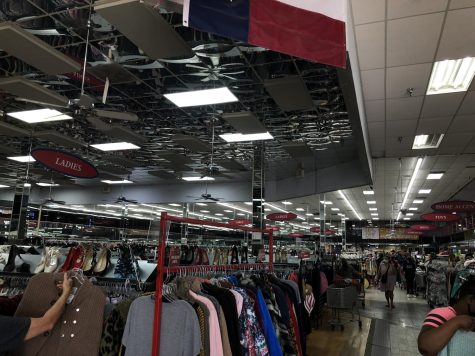Does vegan leather really help the environment?
February 5, 2019
2018 brought several new trends to the fashion industry, trends that have contributed to the massive leap in success that the fashion industry has made in the past year. What’s making a comeback this year in fashion is fur, but it’s not the same fur that Channel has walked down its runways in the past. It’s called vegan leather, and it’s becoming a staple in the fashion world because its producers advertise its environmental benefits, but is it really helping the environment?
By definition, vegan leather is a synthetic leather that is made of materials that don’t derive from animals. Whereas authentic leather is made from animal hide, vegan leather is made out of polyurethane or PVC; essentially, it’s plastic. That means that the product tends to wear down at a slow rate, taking years to finally break down and recycle. Some vegan leather can even be made out of waste that the population doesn’t use, such as pineapple leaves or cork, which is more environmentally friendly. Many companies have switched over to using vegan leather to make their products because the demand for leather was too large for animal hide suppliers to meet. It seems that vegan leather is here to save thousands of animals.
However, there are other factors that argue that vegan leather isn’t as environmentally friendly as it seems. To produce the synthetic material, factories have to rely on fossil fuels that lead to water or air pollution. The finished product is based off of plastic, meaning that when it reaches the end of its wear, the product could take years to break down to be recycled. It’s debatable that vegan leather could even save any animals at all, since many of the hides used for real leather are taken from the animals that are killed for meat. The process of even making the material requires plants that heavily rely on fossil fuels, something that has proven to be toxic to the environment. Even if vegan leather claims to save more animals and be ‘cleaner’ for the environment, the production process alone contributes to more air and water pollution, and makes the hides of animals that are killed for meat almost useless.
The media and star celebrities in 2019 have escalated the need to appear trendy, promoting luxurious products which has been the driving force behind the gigantic growth in the fashion industry. With demands so high and supply of animal hides so limited, vegan leather is a step in the right direction for environmentalists. While there are still things that need to be improved, we are a long ways away from the old vegan leather we have known in the past.









